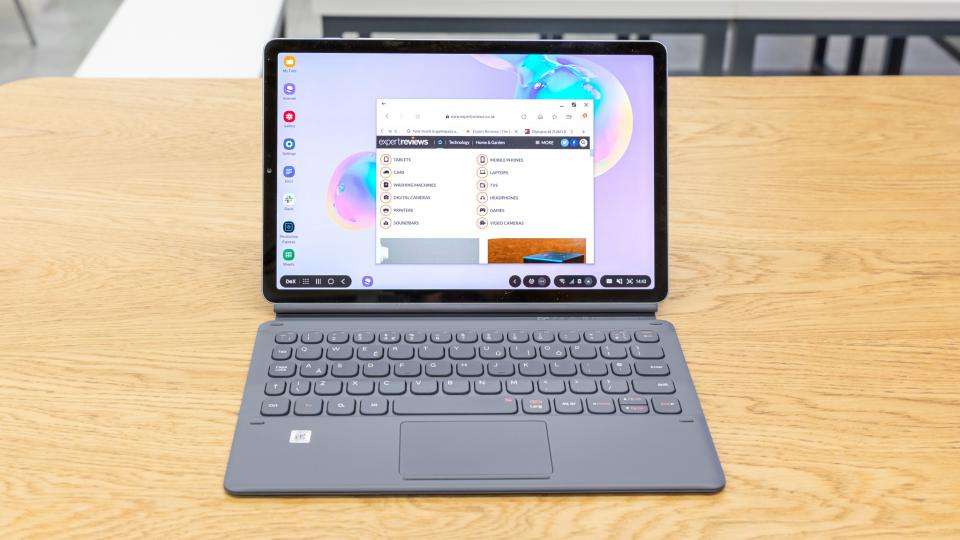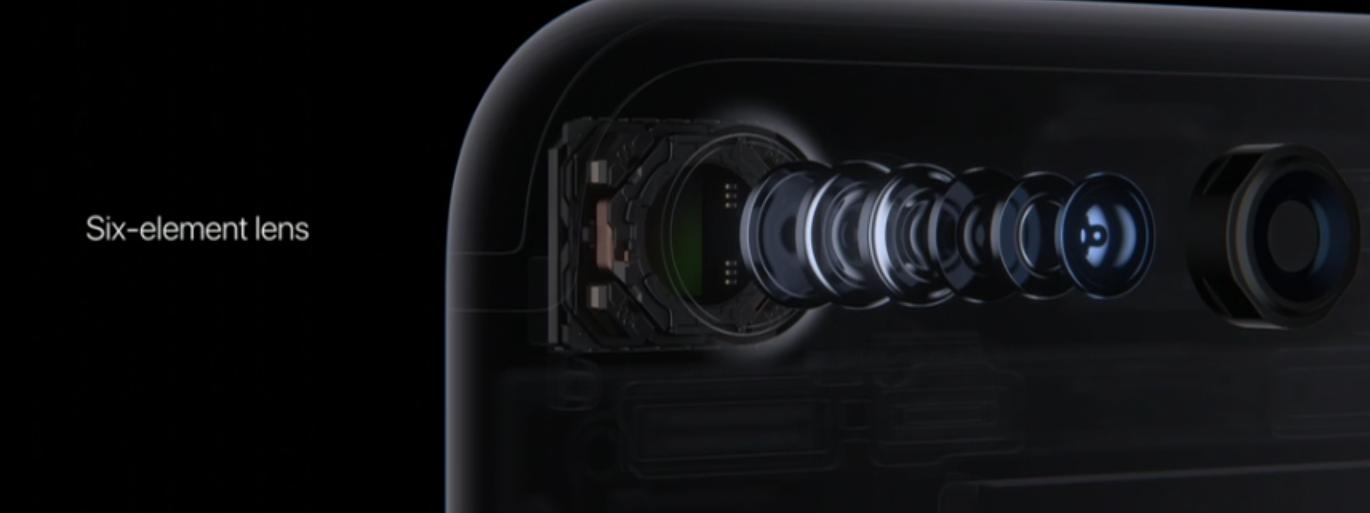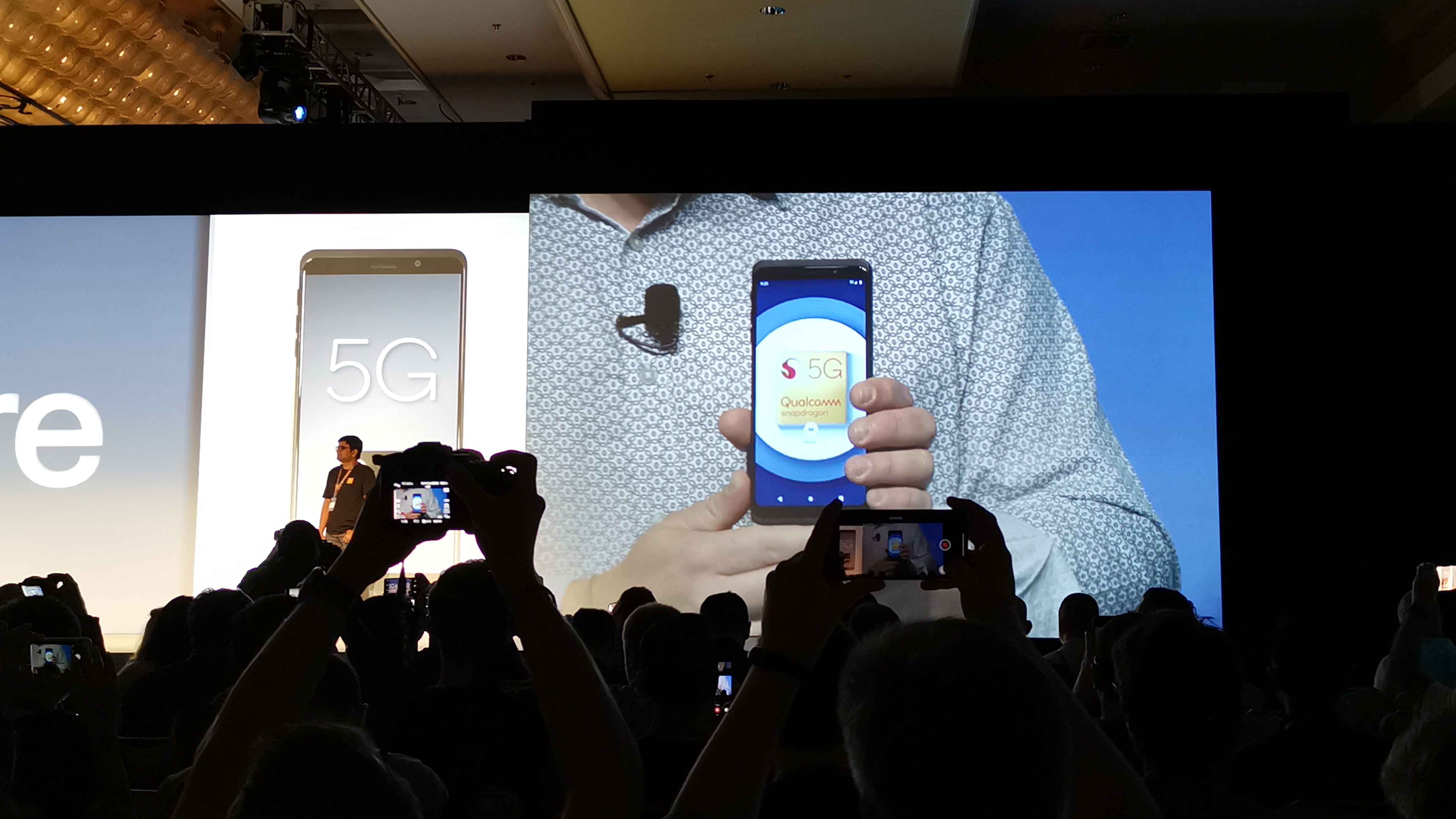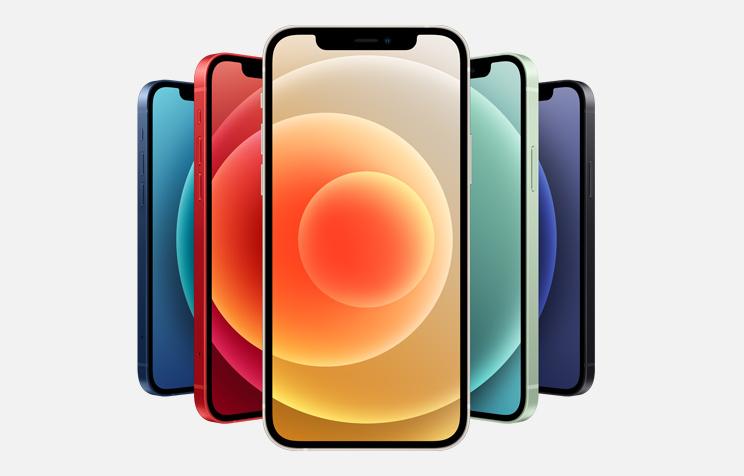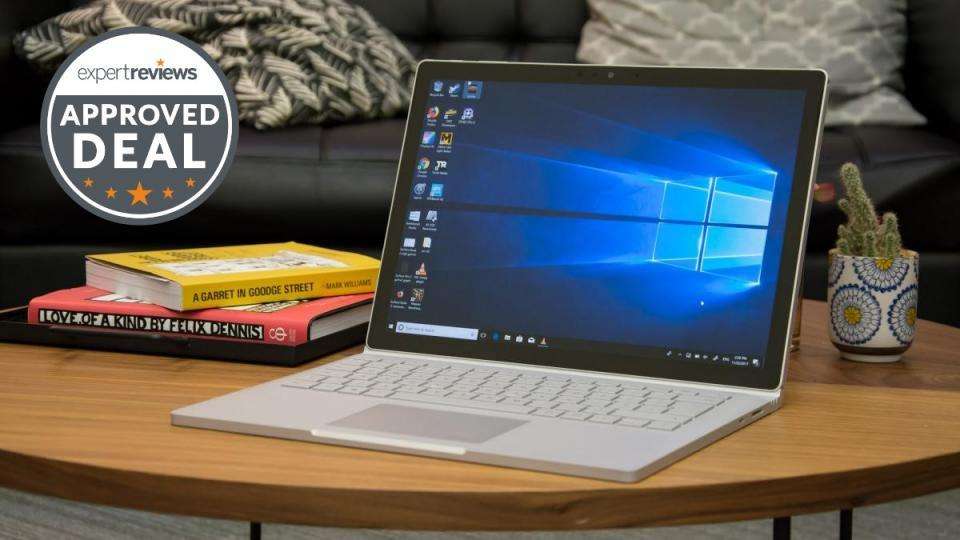Downloading a new app often feels exciting, but hidden dangers can turn that excitement into frustration. Many apps promise amazing features but deliver poor performance, hidden costs, or even security risks. Some developers use tricky pricing models, while others request unnecessary permissions that compromise your privacy. Scammers frequently create fake apps with stolen content or malicious code designed to steal personal information. In this article, we'll explore seven crucial checks to help you avoid scams, wasted money, and disappointing purchases.
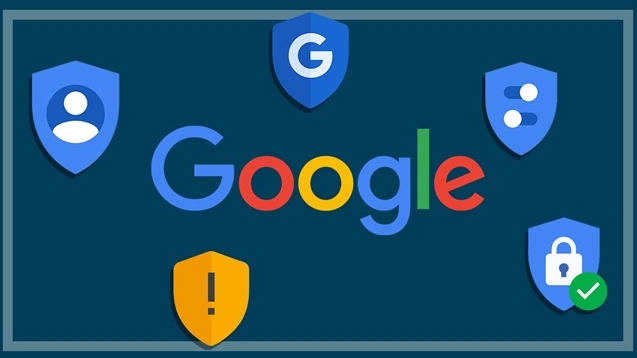
1. Verify Developer Authenticity
Before purchasing any app, take a moment to research the developer. Legitimate developers usually have an established online presence, including a professional website and social media accounts. Check if the developer has created other reputable apps - a history of quality products increases trustworthiness. Be wary of developers with generic names or those who copy popular app names with slight variations. Some scam apps mimic well-known services by using similar icons and descriptions. If an app claims to be from a major company but the developer’s name doesn't match, it's likely a fake.
2. Spot Fake Ratings & Reviews
App stores are filled with manipulated ratings and fake reviews designed to trick potential buyers. Look for reviews that provide specific details about the app's functionality rather than generic praise. An abundance of five-star reviews posted within a short time frame often indicates manipulation. Check for developer responses to negative reviews - genuine developers typically address complaints professionally. Be suspicious of reviews that sound overly promotional or use similar wording across multiple posts. Sorting reviews by "most recent" can reveal if quality has declined after an update.
3. Understand Payment Models
Many apps appear to offer one-time purchases but actually use subscription models. Carefully read the pricing information to understand whether you're making a permanent purchase or committing to recurring payments. Subscription-based apps often provide ongoing services like cloud storage or content updates, while one-time purchases typically offer standalone features. Some apps disguise subscriptions by offering low introductory prices that increase dramatically after the trial period. Always check how much you'll be charged when the promotional period ends and whether the subscription auto-renews by default.

4. Review Permission Requests
Examine the permissions an app requests before installation. A flashlight app shouldn't need access to your contacts, and a simple game has no legitimate reason to request your location. Excessive permissions often indicate poor privacy practices or hidden data collection. Check if the app explains why it needs each permission - reputable developers provide clear justifications. Be especially cautious with permissions involving microphone, camera, or SMS access. Some malicious apps use these permissions to spy on users or send premium-rate messages without consent. If an app's permissions seem unreasonable for its functionality, consider finding an alternative.
5. Confirm Refund Policies
Platform Refund Time Windows
Most app stores offer limited refund windows, typically ranging from 15 minutes to 48 hours after purchase. Understand your platform's specific policy before buying, as refunds outside this period become much more difficult. Some stores automatically approve refund requests made within the window, while others require you to contact support. Keep in mind that refund policies may differ for subscriptions versus one-time purchases. Developers can sometimes override platform policies, so it's worth checking both the store's terms and the app's specific refund information.
Developer-Specific Refund Conditions
Some developers offer more generous refund policies than the App Store requires, especially for higher-priced apps. Check the app's description or developer website for any special refund guarantees. Professional software tools often provide trial periods or money-back guarantees to reassure buyers. Be wary of apps that claim "no refunds under any circumstances" - this often indicates low confidence in their product. If you encounter problems, contact the developer directly before disputing with the app store, as many will issue refunds to maintain positive ratings.
6. Look for Free Trial Options
Many quality paid apps offer free trial versions or limited-feature demos. These allow you to test core functionality before committing money. Look for options like "free version with in-app upgrade" rather than apps that demand payment upfront. Trial periods should give you enough time to properly evaluate the app - be skeptical of trials shorter than three days. Some developers provide full-feature trials that convert to paid versions automatically, so set reminders before trial periods end. Free trials also let you check performance on your specific device, as some apps work poorly on certain hardware configurations.
7. Choose Secure Payment Methods
Avoid Direct Credit Card Links
Whenever possible, use intermediary payment services rather than storing your credit card directly with an app. These services add an extra layer of security and make it easier to dispute fraudulent charges. Many app stores offer their payment systems that don't share your full card details with developers. Consider using virtual credit cards with spending limits for additional protection.
Use Virtual Cards or Third-Party Payments
Virtual payment services allow you to make purchases without revealing your actual financial information. These services often provide better purchase protection and easier refund processes than traditional credit cards. Some even allow you to set spending limits per transaction or merchant. When using third-party payments, ensure the service is reputable and widely accepted. Be cautious of apps that only accept obscure payment methods or direct bank transfers, as these often lack consumer protections.
Conclusion
Purchasing apps safely requires attention to detail but prevents countless headaches. By verifying developers, understanding payment models, and using secure payment methods, you can avoid most common pitfalls. Remember that even legitimate app stores occasionally host problematic apps, so maintaining healthy skepticism pays off. If you ever encounter issues like huawei app gallery not working with a purchase, their support team can typically resolve it quickly. With these seven checks, you'll confidently navigate app purchases while protecting your money and privacy.


